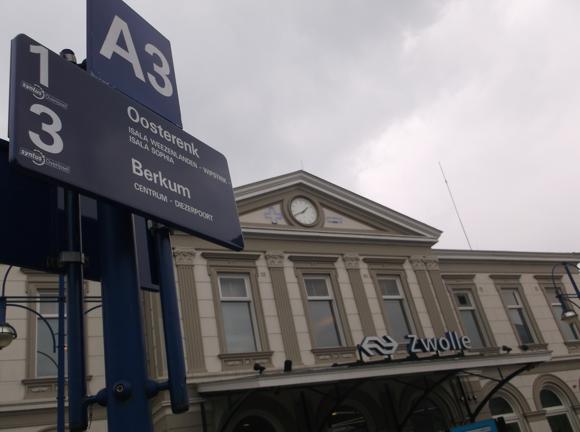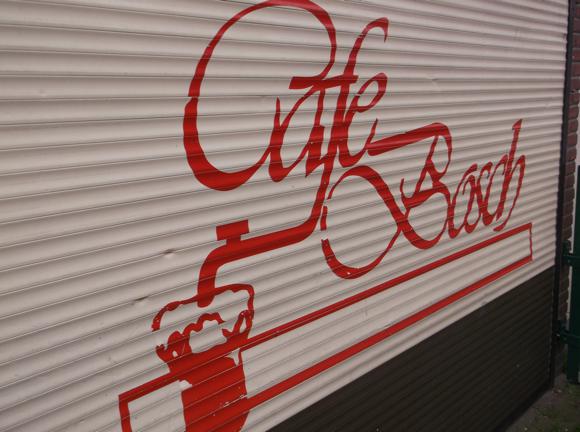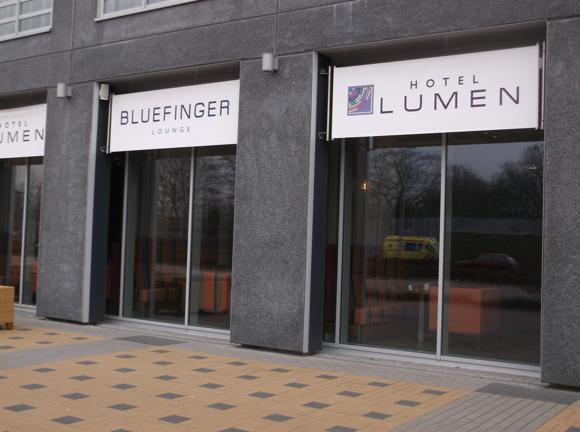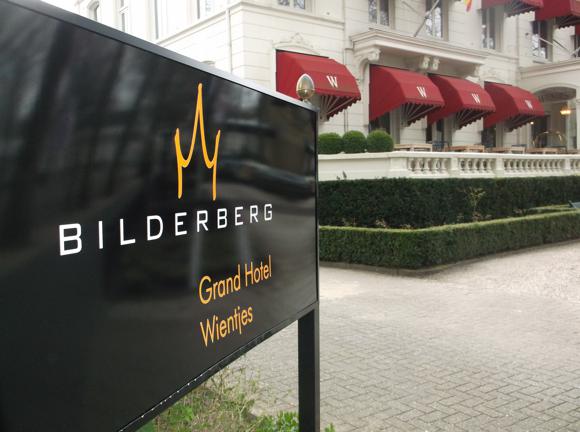Teams, tales and tips – a guide to the local game
The story of football in Zwolle, capital of Overijssel province in north-central Netherlands, is one of merger, business and progress. Flagship club PEC Zwolle hide a whole patchwork of history behind their simple, three-letter acronym.
Zwolle, a Hanseatic trading hub in medieval times, was the gateway to the north, its train station built as early as 1864. The town developed a ruling class, a middle class and a professional class and, by the early 1900s, each had a football team.
First in 1893 came the well-to-do Zwolsche Athletische Club (ZAC), soon to be based in residential Veerallee, with its parks and Jugendstil houses.

Then in 1904 came Assendorp Voetbal Club, set outside the star-shaped historic centre, near the rail station and its cheap workers’ digs south-west of town. Drinking was discouraged, and so the menfolk needed an outlet. In 1906, at the Bruinvisch café on prominent waterfront Buitenkant, gentlemen from the aspirational classes gathered to form Prins Hendrik. Their team, named after the profligate Duke Henry of Mecklenburg-Schwerin, father of Queen Juliana, played by the Thijssen tea garden alongside the Willemsvaart canal.
Prins Hendrik, ‘PH’, had the connections to join the Dutch FA, then the NVB, in 1908. Not to be outdone, Assendorp went through a number of name changes, settling on the bizarre Ende Desespereert Nimmer (‘And Never Despair’). Though superior on the pitch, EDN had no clout in the corridors of power.

On 12 June 1910, at the Hotel Koenders on focal Grote Markt, the two agreed to combine forces: P for Prins Hendrik, E for Ende Desespereert Nimmer and C for Combinatie. PEC Zwolle duly set up by the Thijssen tea garden.
In 1918, after PEC Zwolle again failed to achieve promotion to the top regional division, a new club emerged: Zwolsche Boys. Founded on Luttekestraat, in the heart of Zwolle – today close to the museum dedicated to the town’s most famous celebrity, notorious rock star Herman Brood – Zwolsche Boys were determined to put Zwolle on the football map.
While PEC represented the middle class, the Boys were solid working class – and ZAC the elite. With the arrival of prolific teenage striker Beb Bakhuys from The Hague, ZAC won the Eastern regional division in 1928 and competed in the national play-offs, the only team from Zwolle to do so. In his two main stints at ZAC, interspersed by three years in Indonesia, Bakhuys won 23 Dutch caps, playing in the 1934 World Cup Finals. For ZAC, he scored a phenomenal 92 goals in 72 games, then 55 in 26, before heading off to play professional football for Metz in France.

Back in Zwolle, local rivalry between the other two clubs had intensified after 1923 when PEC moved into the Sportpark De Vrolijkheid, named after the nearby amusement park on Oude Meppelerweg. Zwolsche Boys played at a more rough-and-ready pitch on nearby Ceintuurbaan.
When PEC pulled enough strings to set up on Ceintuurbaan once the municipal Gemeentelijk Sportpark was built there in 1934, Zwolsche Boys were forced to relocate to De Vrolijkheid – bereft of its main stand that PEC made sure to take with them.
After the departure of Beb Bakhuys, ZAC’s form dipped and the club failed to cope with the introduction of professional football in the mid-1950s.

Zwolsche Boys became semi-pro and played two seasons in the national second tier. After relegation in 1956, they met back up with PEC, now professional, in the third tier. The Zwolse Derby between them became even fiercer once PEC bought De Vrolijkheid outright in 1960. Zwolsche Boys moved back to Ceintuurbaan.
By 1969, unable to continue operating even as semi-pro, debt-ridden Zwolsche Boys were swallowed up by PEC Zwolle, without any change to the club acronym. Shortly before they blipped off the radar, the Boys had Yugoslav international and later top coach Ivica Osim play a couple of games for them.
Bolstered by other Zwolsche players, PEC moved back for one last time to Ceintuurbaan, swapping with their now amateur former rivals, who played at De Vrolijkheid until the Jo van Marle Sportpark was opened in Zwolle-Zuid in 1996. Today’s Zwolsche Boys continue to play there, in the Saturday Derde klasse division, the eighth tier in the Dutch football pyramid, the sixth outside the professional game. At the same ground and in the same division, ZAC struggled through lean years to celebrate the club’s 125th anniversary in 2018.

In 2000, De Vrolijkheid was knocked down to make way for a business park.
PEC stayed at the Ceintuurbaan, later referred to as Oosterenkstadion after the surrounding area. After 1969, the club developed a wider rivalry with Go Ahead Eagles of Deventer, the so-called IJsselderby, survived a couple of bankruptcy scares and have been a top-flight fixture since 2012. In 2014, they won the Dutch Cup.
Until it was knocked down in 2007, the Oosterenkstadion was also the base for Holland’s women’s football team. Opened in 2009, the new stadium, formerly the IJsseldelta Stadion, became the MAC3PARK in 2016. It sits in a complex comprising several training pitches, a hotel, retail outlets and, controversially, a casino. Though voted against in two local referendums, the gambling hall remains – as ever in Zwolle, business is business.
Getting Around
Arriving in town, local transport and tips

The nearest airport to Zwolle is underused Groningen 92km (57 miles) away. Qbuzz buses 9 and 100 run to Groningen station 30-40mins away. From there, a half-hourly train runs to Zwolle (€19), journey time 1hr.
Dutch trains and public transport across the country run on the nationwide travel card, the OV-chipkaart (€7.50). Touch in and touch out at the start and end of your journey.
Amsterdam Schiphol is 121km (75 miles) from Zwolle. From the terminal, a half-hourly train runs direct to Zwolle (€21). Journey time is 1hr 10mins.
Zwolle station is south-west of the city’s historic centre a short walk away. PEC’s stadium is a fair trek east of town. Local buses, run by Regio IJsselmond, also run on the chipkaart system. A ticket is otherwise €2.30 from the driver.
Based near the station, Taxi Zwolle (+31 38 337 7297) can run you to the stadium for around €16. The town centre is easily walkable.
Where to Drink
The best pubs and bars for football fans



Bars dot the historic centre, with reliable drinking and dining options on Melkmarkt. Several rooms fill the historic Belgische Keizer by the Hanze Hotel. It’s more restaurant than bar but its Zaal De Staminée offers a pull-down screen and keeps the beer taps flowing.
Nearby stands homely De Vier Jaargetijden, again more eatery than drinkery, but with sought-after Yakima Red on draught and Brewdog by the bottle. At No.12, the Café de Toog is a handy spot to shoot pool for a while.
Further down Melkmarkt, OnsCafé Zwolle puts karaoke to the fore but also puts up a big screen for major football tournaments.




Over on Korte Kamperstraat, the former Café Bosch is now Hessel’s, where locals sink beer with abandon. In similar vein, Stapp’s Inn did a roaring trade on Voorstraat before its closure by the tax authorities – its reopening would put a smile back on many faces. Voorstraat attracts younger drinkers, who gather at student-only, multi-bar Het Vliegende Paard.
The one pub in town is Sally O’Briens on Bethlehemskerkplein, great for big-screen TV football, live music and pool – and offers 11 beers on draught.
Where to stay
The best hotels for the stadium and city centre





Zwolle Tourist Information has a simple but Dutch-only hotel database.
Right beside the MAC3PARK Stadion, the four-star, 125-room, event-friendly Hotel Lumen was opened as part of the 2007-09 stadium rebuild. It currently offers various packages, including a Sunday-afternoon check-out, but no all-in football stays – though you can hire one of four skyboxes. A table can also be reserved at the upscale Bluefinger Lounge restaurant.
By the station, stately Pillows Grand Hotel Ter Borch underwent a major redesign in 2017. This stylish, 41-room boutique lodging, now offers an infrared sauna and high-end restaurant Coperto Restobar – all in what was a police station back in the 1800s. Alongside, the Bilderberg Grand Hotel Wientjes is another contemporary makeover of a landmark building, in this case the former mayor’s residence. Today it comprises 57 comfortable rooms, the Restaurant W and a grand café.


In the city centre on Rode Torenplein, the more modest Hanze Hotel Zwolle harks back to local Hanseatic history, set on the foundations of the medieval gateway into town. Rates are around €100-€110 without breakfast.
For a reliable mainstream chain, close to the historic centre but pretty much walking distance to the stadium about 2km away, the Campanile on Schuttevaerkade comprises 55 doubles, four singles and a restaurant where a buffet breakfast is served.






















